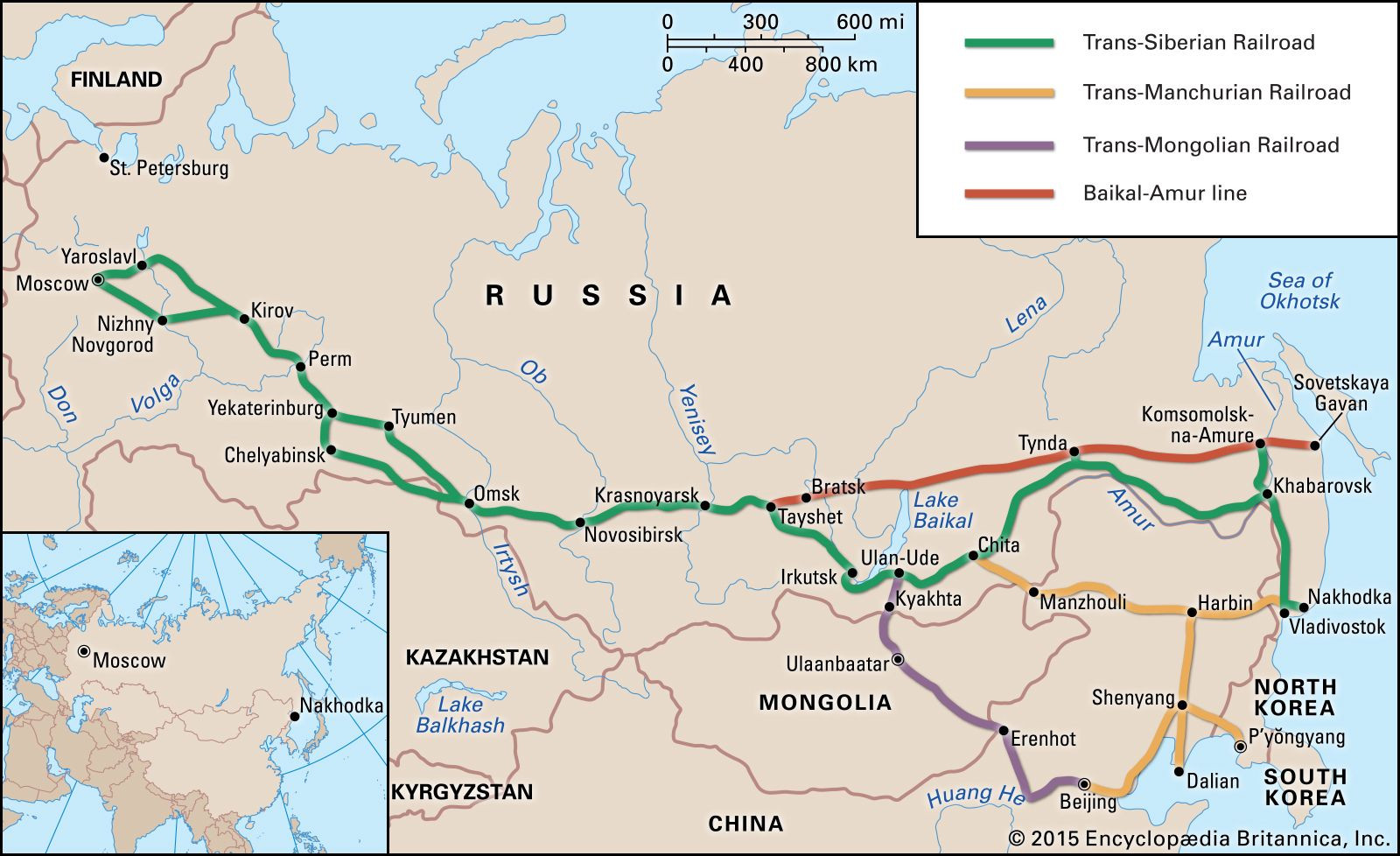Siberia, a name synonymous with immense wilderness and extreme climates, is a vast geographical region spanning a significant portion of Russia. Understanding where Siberia is located requires appreciating its sheer scale and its position within the Russian Federation and the world.
Geographically, Siberia occupies almost the entirety of Northern Asia. It extends eastward from the Ural Mountains to the Pacific Ocean, and southward from the Arctic Ocean to the hills of north-central Kazakhstan and the national borders of Mongolia and China. This massive territory encompasses roughly 77% of Russia’s total land area, making it larger than the entire country of the United States. To put it simply, Siberia is located in the eastern part of Russia, forming the major part of Russia’s Asian territory.
The history of Siberia has been shaped by its location. While it served as a place of exile for criminals and political prisoners in the Russian Empire, significant Russian settlement was minimal until the construction of the Trans-Siberian Railroad (1891–1905). This railway, a crucial artery across the continent, spurred large-scale migration and the development of modern farming in southern Siberia, focusing on cereal grains and dairy production. Coal mining also emerged as an important industry in various locations along the railway. During the Russian Civil War (1918–20), Siberia was briefly held by an anti-Bolshevik government before being re-integrated into the Soviet state by 1922.
The Soviet era profoundly transformed Siberia. Starting with the first Five-Year Plan (1928–32), industrial expansion became a priority. Coal mining and iron and steel complexes were established in the Kuznetsk Coal Basin and along the Trans-Siberian Railroad, sometimes relying on forced labor. Forced-labor camps became widespread in the 1930s, particularly in the northeast and along the Yenisey River, primarily for mining operations. During World War II, Siberia, along with the Urals, became the industrial backbone of the Soviet war effort as factories were evacuated from the west. However, agriculture suffered greatly from collectivization in the early 1930s and was only revitalized with the Virgin Lands Campaign of 1954–56, which focused on southwestern Siberia and northern Kazakhstan.
The late 1950s and 1960s witnessed further industrial development. Large oil and natural gas fields were discovered and exploited in western Siberia, and massive hydroelectric power stations were built on the Angara, Yenisey, and Ob rivers. Extensive pipeline networks were constructed to transport oil and gas to the Urals. New industries such as aluminum refining and cellulose pulp production were also established. The Baikal-Amur Magistral (BAM) railroad, a second major east-west railway, was completed in 1980, further opening up Siberia’s resources.
Despite significant industrialization, Siberia experienced considerable out-migration in the late 20th century. Population growth remained slow due to the challenging climate. Siberia’s population is sparsely distributed, concentrated mainly in the west and south, and is predominantly urban and ethnically Russian. Major Siberian cities include Novosibirsk, Omsk, and Krasnoyarsk. In conclusion, Siberia’s location in the vast expanse of Russia has dictated its history, development, and continues to shape its demographics and economy.


 Baikal-Amur railway
Baikal-Amur railway